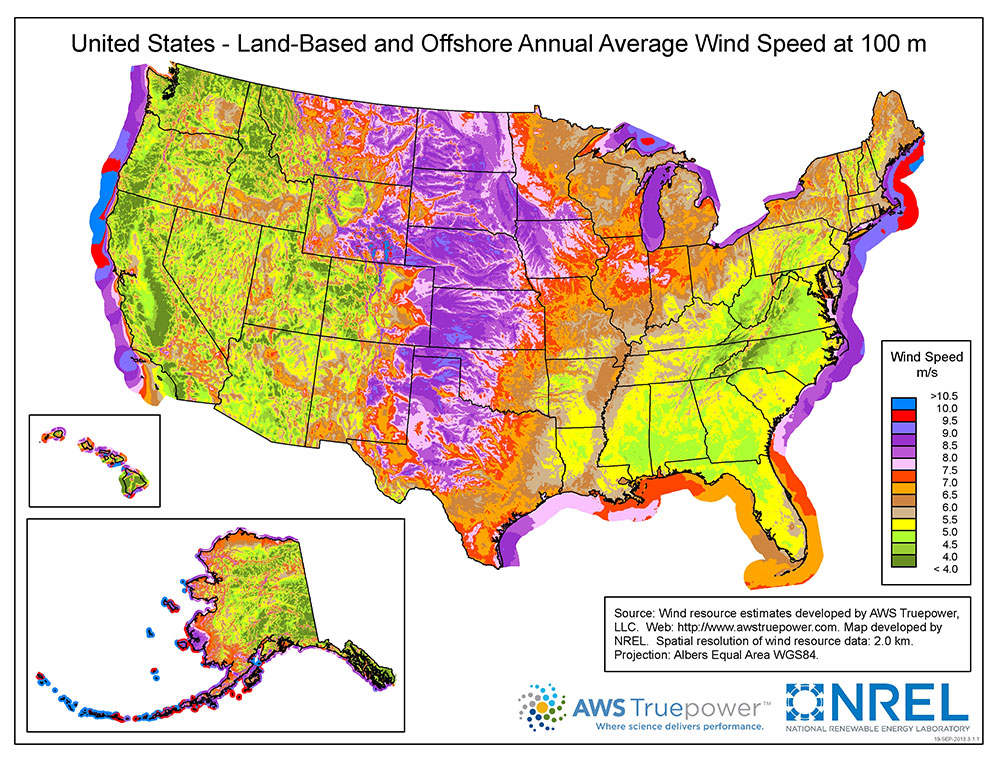@ Prinz Eugn
Give me a real rebuttal to MY research, since I am the one who also did the video.
No opinions, just give me real world numbers for what exists right now, and is in use right now.
Green energy advocates refuse to see that attempting to rely just on green energy solutions will never work, due to how little power they produce in real world applications.
And while were on the subject, you'd need more wind farms than I originally extimated, since a lot of the land mass of the US is not as windy as the California wind farm I picked out to do the original calculations.
Then the straw man wikipedia article is even more important for you to read. Essentially, you are basically framing some fictional extra-stupid argument to rail against using numbers you know will sound good for your position ahead of time. Has anybody seriously advocated total conversion to wind energy? Or Solar?
Do more research before trying to crunch your own numbers, especially since energy policy has been constantly studied by people with more expertise and bigger budgets for the last 50 years. There is an entire government agency for this kind of thing called the EIA. It would probably be a good idea to look at their website.
As for your specific numbers, like I said, that extrapolation is useless because wind farms are highly dependent on siting, and you can't assume every site is the same in terms of raw wind, much less turbine type, turbine density, etc. Additionally, new turbines tend to by more efficient than older models (and I'm pretty sure your California example is one of the oldest wind farms on the planet).

According the to National Renewable Energy Laboratory:
The new study, conducted by NREL and AWS TruePower, finds that the contiguous 48 states have the potential to generate up to 37 million gigawatt-hours annually. In comparison, the total U.S. electricity generation from all sources was roughly 4 million gigawatt-hours in 2009.
So according to science, etc. there's roughly 9 times the amount of potential wind power in the continental US than all the electricity generated in 2009, you definitely won't need 25% of the land. By the way, generation has stayed around 4,000 TWh (the awkward "4 million gigawatt-hours") since then (http://www.eia.gov/energyexplained/index.cfm?page=electricity_in_the_united_states#tab2). Or maybe you question their data or process?
But again, no one important or relevant is actually saying we should use any one renewable energy source to the exclusion of everything else, so your core argument is irrelevant even if it had decent methodology backing it up.









